Reviews

Matías Duville
Like the ancient itinerant painters, Matías Duville (1974) recounts his investigations on the landscape through some fifty drawings, a video, an object and some photographs which are projected together with a soundtrack. The exhibition is called «Safari».

López-Ramos
The Situationists gave the name of détournement to an artistic practice which consisted in taking a consumer good and transforming it into an art object, in such a way that it would deny its own character as merchandise, thus subverting the imperative to consume that characterizes contemporary capitalism.

Horacio Zabala
Argentinean artist Horacio Zabala opened “Reiterations” , his first solo exhibition at Henrique Faría Fine Art, with an investigation of acts of censorship and how they impact the relationship to one’s surroundings and nationality .

Marcela Astorga
Fronteras porosas , by Marcela Astorga (Mendoza, 1965), shows eight pieces which include sculptural objects and a pair of photographs, freezing moments of intriguing reading.

Gustavo Díaz
In his first solo exhibition in the United States, “Justificación a priori” at The Mission Projects in Chicago, Argentine artist Gustavo Díaz (b. 1969) successfully intertwined his esoteric views on science, philosophy, and art history with transparent acrylic sculptures, futuristic modular reliefs, and vibrating optical drawings that dazzled the eyes.

Henrique Oliveira
Henrique Oliveira is known for his installations that transform the space around them. They are wooden formations that seem to breathe in and out, organic bulges that defy the linear nature of architecture and reinvent constructions. Walls, floors and ceilings succumb to a new logic, a material presence impossible to ignore.

Pablo Boneu
With a conceptually powerful body and a deeply subversive and anti-system soul, the exhibition "Instrucciones para destruir dinero" (“Instructions for destroying money”) by Pablo Boneu (1969, Argentina) is a pertinent metaphor for the status of money. A totemic theme reflected in great size via ground up dollars or bills from other countries.

José Bedia
“Une Saison en Enfer”, (A Season in Hell), José Bedia’s exhibition at Fredric Snitzer Gallery, takes its name from the poète maudit Arthur Rimbaud’s long and only poem, and marks the most terrible descent journey of this artist who has based his practice on the pilgrimage to territories where myths oppose the narratives of the official history.

Brígida Baltar
In 2005, Brígida Baltar had to leave her house in the Rio de Janeiro district of Botafogo During the fifteen years that preceded this event, the artist had lived and worked almost in a symbiosis with the old brick building, to the point of carving out her silhouette from the walls for the work Abrigo /Shelter (1996), or gathering rainwater from leaks in the roof later to use it in other works.

Interview with Ana Tiscornia
Ana Tiscornia (Montevideo, 1951) is a pivotal figure of the community of Latin American artists living in New York. She has developed a very personal and consistent body of work blending artistic practice, criticism, curatorship and teaching.
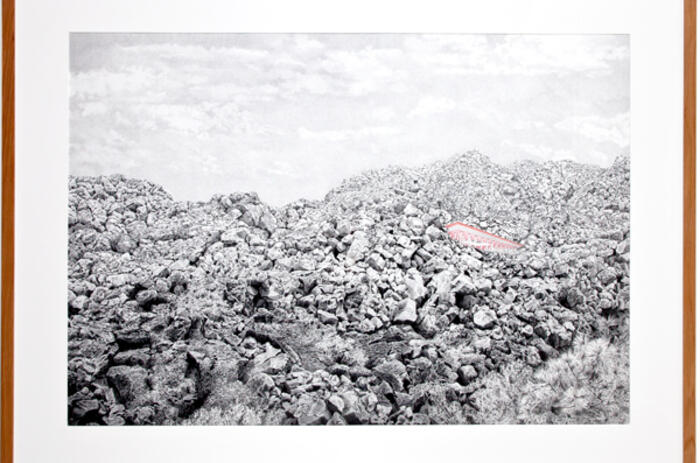
Jorge Méndez Blake
“Ceboruco” tells a story − devised by Méndez Blake himself − that has its origin in the connection between the imaginary space of two volcanoes: the Popocatépetl, which plays a leading role in the plot of Malcolm Lowry’s Under the Volcano, and the Ceboruco, the only volcano still active in the northeastern area of the volcanic axis of the Sierra Madre Occidental, in the Mexican state of Nayarit, whose eruptions over the past three thousand years have created an interesting landscape of volcanic rock.

Teresa Serrano
The Mexican artist Teresa Serrano just opened her first solo exhibition in Spain at the Centro Atlántico de Arte Moderno (CAAM), in Las Palmas de Gran Canaria.

Doris Salcedo
Doris Salcedo (b. Bogotá 1958) requested Tate Modern not to repair completely the concrete floor of its Turbine Hall, fissured for her installation in 2007. The giant crack − which earned her European acclaim − was only filled, leaving a visible scar that still reminds us of the abyss that exists between the value of life in the north and in the south, in the First World and in its periphery.

Guillermo Kuitca
Guillermo Kuitca’s (Buenos Aires, 1961) London solo show at the prestigious Hauser & Wirth Gallery marked the definitive presence of Latin American art in the British capital. Kuitca, who has shown in the course of his career a growing interest in maps and architectonic diagrams, incorporated on this occasion new central motifs to his cartographic traces aimed at questioning the perception of the social spaces we inhabit.

Isabel Muñoz
The Spanish photographer Isabel Muñoz knew “La Bestia” (“The Beast”) closely and portrayed its entrails. This was the name given by immigrants from Central America – mostly from Honduras, Guatemala and El Salvador – to the freight train which has, for years, transported those who traveled northward through Mexico, trying to reach the border with the United States as stowaways.
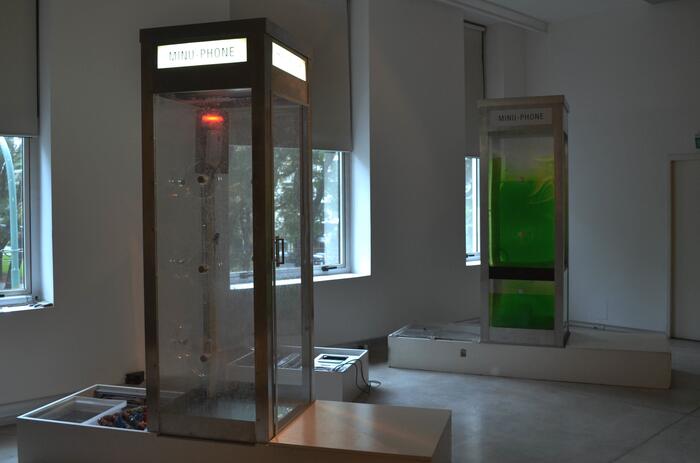
Marta Minujín
After years of mentioning Minuphone every time I wrote about Marta Minujín − for example, in Arte al Día 134, when referring to her retrospective in 2010 −, the author of these lines confirmed the playful sensory effects of the telephone booth created by the artist in 1967.
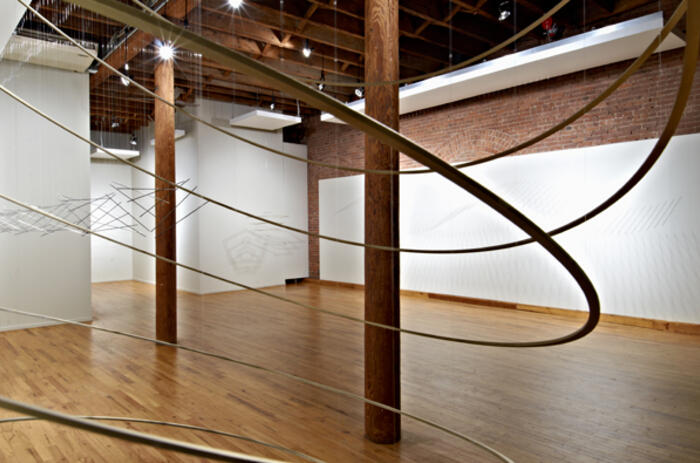
Elías Crespin
Circles, squares, pentagons, waves and lines moved in undulations and rhythm to the pull of transparent, mechanized nylon threads that triggered their choreographed movement.

Friends With Benefits
“Friends with Benefits” , curated by Carla Camacho and Drew Moody, translated into a clinical and incongruous presentation of painting, collage, sculpture, an installation and two videos, at Lehman Maupin’s Lower East Side gallery.

Carlos Amorales
Present-day art breaks barriers later to confine itself within new boundaries. It confuses the viewers, induces them to reflection, and shows the unreasonableness that surrounds them. Carlos Amorales − Mexico 1970 − has this capacity to make people reflect about someone or something.

Félix Curto
For Félix Curto (Salamanca, España, 1967), Mexico is inherent in his way of viewing the world. During over ten years he has completed residencies in that country, where he has been exposed to a social and cultural reality that has fascinated him, exploring a political and economic world that is surely not to be found anywhere else in the world.

Regina José Galindo
Perfomance artist Regina José Galindo (Guatemala City, Guatemala, 1974) may be considered a fundamental figure when attempting to understand action art in Central America and the influence of the eternal violence floating upon the countries of the region.

Pablo Flaiszman
A print is a drawing, and that is perhaps the most important thing about it; yet it is a drawing in which technique plays a leading role. The technique used in printmaking is laborious and complex, and its end result is always enveloped in mystery and unpredictability.
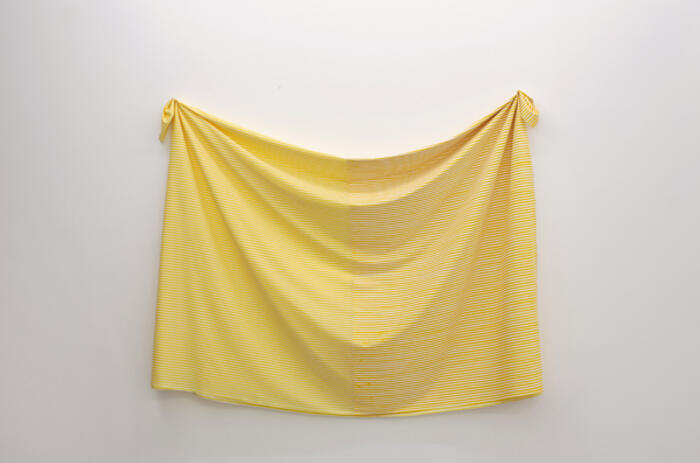
Cinthia Marcelle
The new generations abide by icons and images: they try to convey ideas. Each artist, in his/her day, has a particular concern; at present these concerns are marked by a modernism that is dissolving. Cinthia Marcelle nourishes a temperament pervaded with irony.
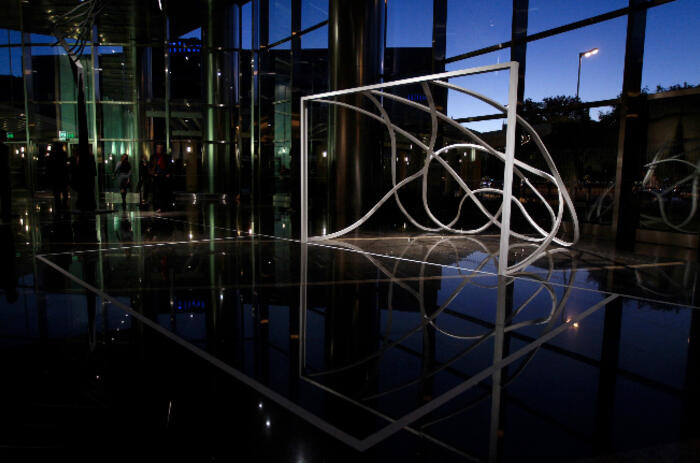
Pablo Reinoso
The installation presented by Pablo Reinoso in Fundación YPF’s space, Arte en la Torre, provides the viewer with a double gratification: The work Fútbol 5 en la Torre adds to the great power of visual attraction the narration of the creative process, an explicit testimony of the work’s gestation written by the artist himself.

Ricardo Piglia-Eduardo Stupía
In the face of the power of the new multimedia text supports, the beautiful volume Ricardo Piglia-Eduardo Stupía. Fragments of a diary appears as a statement on the permanence of the printed book. Piglia (Argentina, 1941) has kept a private diary for over 50 years and Stupía (Argentina, 1951) has been in the public scene since his first solo show in 1973. At the intersection of the artistic sensibilities of these authors, volume and show share the intensity of poetry and the fertile discomfort of critical thought.

Moris
The work presented by Moris (Israel Meza Moreno) is a constant double play, a sort of glossary around the daily life of Mexico City simultaneously altered, infringed, evidenced, and whose risk zones or stability are increasingly less identifiable.

Jesús “Bubu” Negrón
Even though he was very creative since he was a child, it was not clear to Jesús “Bubu” Negrón – one of the most important conceptual artists of his generation in Latin America – “what being an artist was about.” He discovered it as an art student in San Juan, when he intervened in a totally abandoned bronze statue – a sculpture of Puerto Rico’s first world champion, Sixto Escobar.

María Thereza Negreiros
Perhaps one of the most controversial careers in Latin American avant-garde is that of Colombian-Brazilian artist María Thereza Negreiros (Maués, 1930); her itinerary evolves in an unusual way in the artistic contemporary movement of the continent.
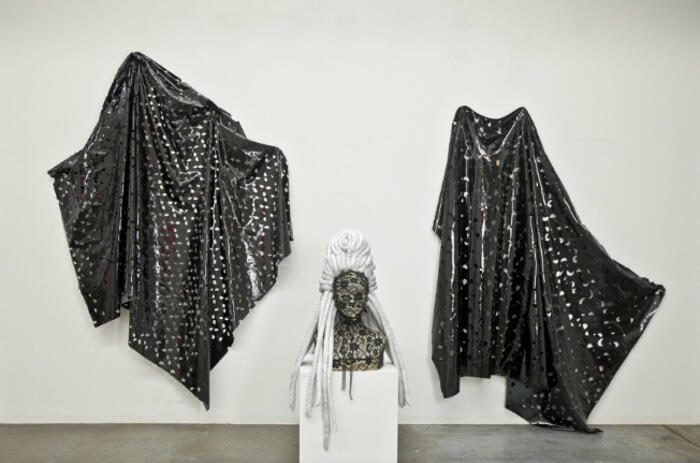
Clemencia Labin
The works of Venezuelan artist Clemencia Labin (Maracaibo, 1946), who has lived in Germany for over 20 years, maintain strong links with her home town, as well as references from it, both concerning the thematic and the formal aspects, in spite of the distance and the time gone by since she left it.
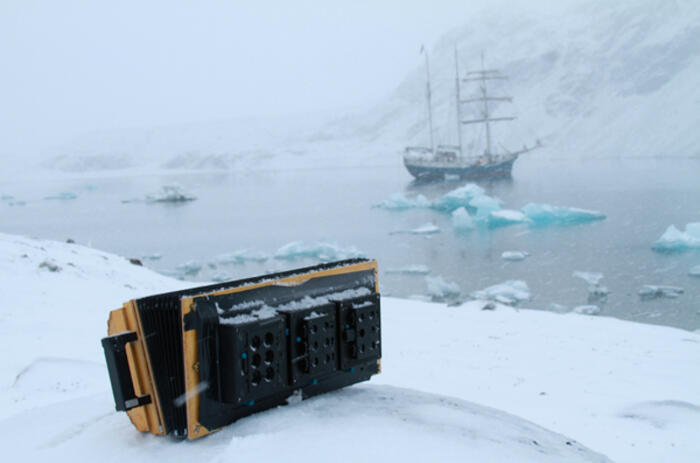
Leticia Ramos
Leticia Ramos is not a photographer in the traditional sense. While her medium is photographic, with images and light printed on a surface, she is more concerned with documenting the impact the world has on a lens, or the absence of a lens, and the passage of time and variations of color as subject matter.
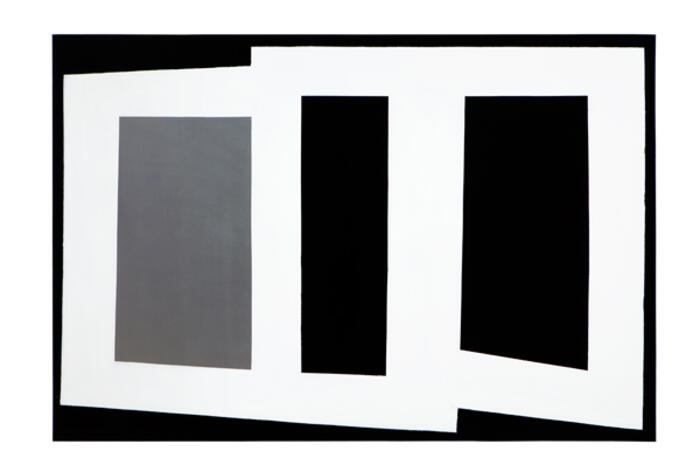
Amilcar de Castro
The sculptures of Amilcar de Castro all stem from the same basic procedure of cut and fold. He mastered the technique of turning hard metal into what appeared to be mere sheets of paper, surfaces that seem almost pliable and end up that way after strenuous efforts.


